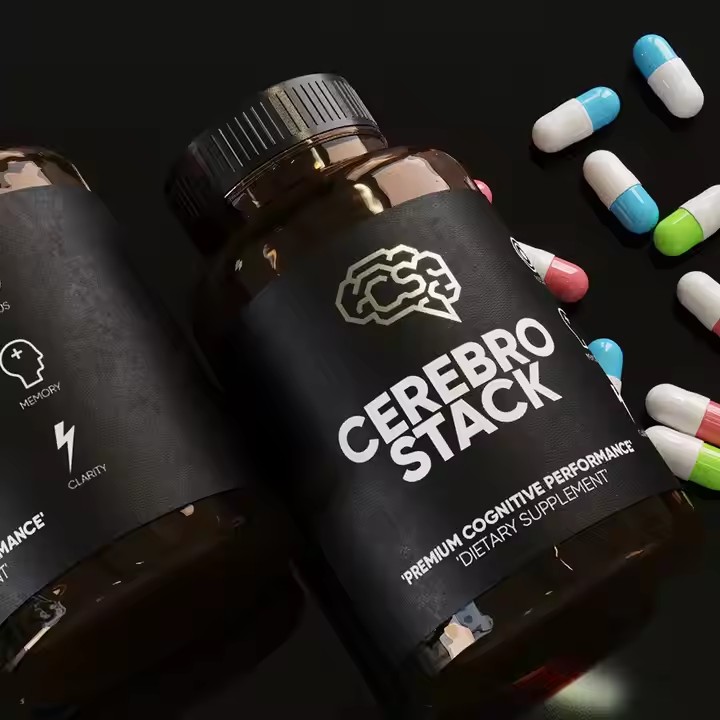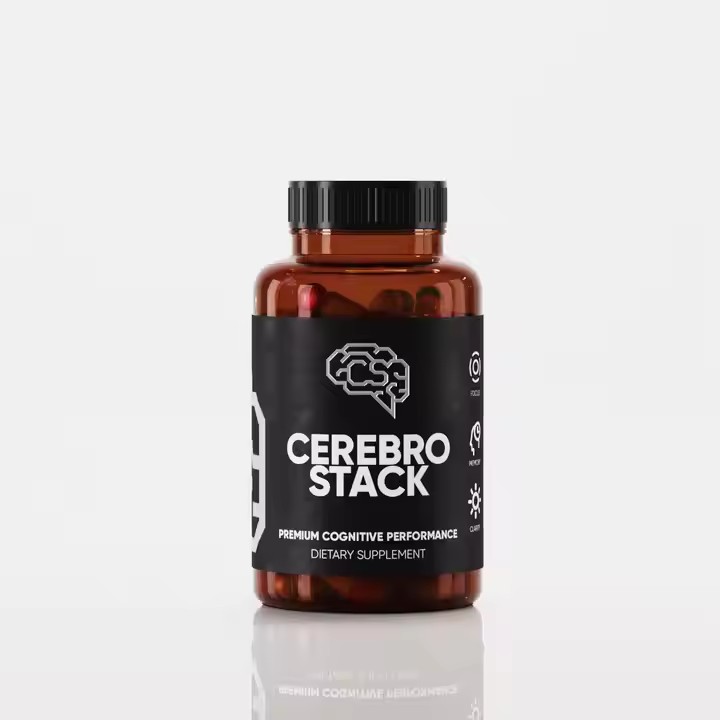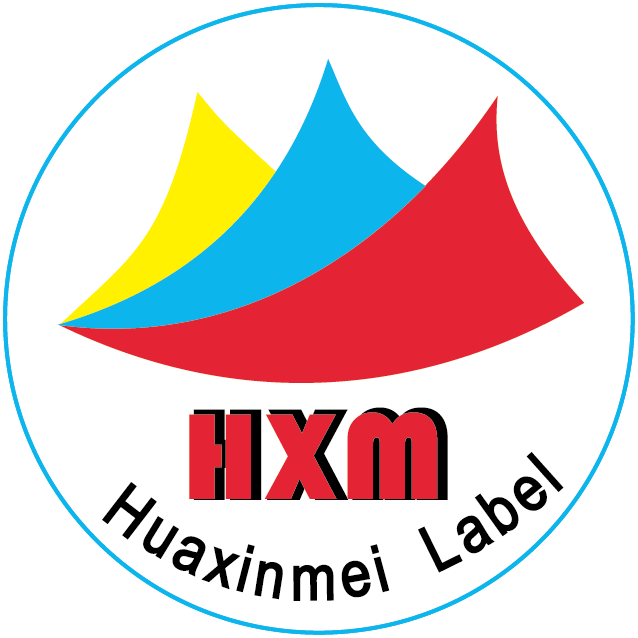Choose Appropriate Luminescent Materials
High – brightness Phosphor: Phosphor is a crucial material for the luminescence of glow – in – the – dark labels. It is of great significance to select phosphors with high luminous efficiency and brightness. For example, strontium aluminate – based phosphors have high luminous brightness and long afterglow time. The brightness of phosphors of different colors also varies. Usually, yellow – green phosphors have relatively high brightness. Selecting high – brightness phosphors is a way to quickly change the fluorescence intensity. However, high – brightness phosphors are relatively expensive in price. Therefore, it is necessary to start from the enterprise’s cash flow and choose the one that suits the enterprise’s cash flow at the moment.
High – quality Substrate Material: The substrate material is used to carry the phosphor, and its quality also affects the luminous effect. Selecting substrate materials with high transparency and good refractive index matching with the phosphor, such as some special plastic or glass – fiber materials, can reduce the scattering and absorption of light during the propagation process and improve the light – emission efficiency. Using high – quality substrate materials will have a more obvious effect on the refractive index and phosphor. Then, the materials produced will also show better effects, presenting products that better meet the needs of customers. High – quality materials are the premise for manufacturing good products. If you want higher – quality products, you need to negotiate and connect with different label distributors to see which material is closer to your own products. For example, for trendy – play label products, labels with higher fluorescence intensity should be used. Because trendy – play products are originally for the middle – and – upper – class consumer groups, labels with higher fluorescence intensity should be used as much as possible to match the trendy – play products.
Optimize the Manufacturing Process
Uniform Coating of Phosphor: Uniformly coating the phosphor on the surface or inside of the label is an important part to ensure the uniformity and brightness of luminescence. Methods such as spraying, printing, or dipping can be used, but no matter which method is used, the thickness of the phosphor layer should be kept uniform. For example, using high – precision spraying equipment, controlling the spraying pressure, speed, and distance well, so that the phosphor evenly covers the label. During the process of manufacturing stickers, the phosphor should be evenly applied, so that the brightness will be brighter. This is a way to increase the brightness of the phosphor.

Curing and Encapsulation: After coating the phosphor, curing treatment is required to make the phosphor better combine with the substrate material. At the same time, encapsulation can protect the phosphor from the influence of the external environment, such as moisture, oxygen, etc., thereby improving the luminous efficiency and stability. Transparent encapsulation glue or film can be used to ensure its good light transmittance and sealing performance. Curing and encapsulation are the last steps of the finished product. Due to various environmental factors, the method of curing and encapsulation is used to make the label stickers better preserved in various environments.
Add Excitation Light Sources
Built – in Light Sources: For some glow – in – the – dark labels that require higher brightness, consider setting built – in light sources, such as small LED lights, inside or around the label. Through reasonable design of the position and angle of the light source, the light emitted by the light source can effectively excite the phosphor to emit light, while avoiding the direct light from shining into the eyes and causing discomfort. Increasing various excitation light sources, increasing this kind of direct light source, can directly reduce the material defects of fluorescent stickers and give the fluorescent labels a better appearance.
External Excitation: Use external ultraviolet or visible light sources to irradiate and excite the glow – in – the – dark labels. For example, in some specific places, ultraviolet lamps or high – brightness white light sources can be installed to irradiate the labels regularly, so that they can fully absorb light energy and emit brighter light in a dark environment. Use external ultraviolet light to excite the fluorescence of fluorescent labels and use external light sources to excite fluorescent stickers.
Design a Reasonable Label Structure
Reflective Layer: Set a reflective layer on the back or side of the label, which can reflect the light emitted by the phosphor back to the front, increasing the luminous brightness on the front. The reflective layer can use reflective materials, such as reflective paper or reflective film. The higher the reflectivity, the better the effect. Designing a reasonable label structure, the design of the reflective layer can be more technical. Use the reflective layer to increase the luminous brightness and make the fluorescent label brighter. A reasonable label structure design can help make the fluorescent label brighter. For example, a reasonable appearance design can help the fluorescent label present a better effect. For example, the fluorescent label can be designed like a lantern. For example, the label is divided into six petals, and each petal is pasted together like a lantern. Then the petals can be stuck together well, and the petals can reflect each other, so that the fluorescence can be well illuminated.

Lens or Prism Structure: Set a lens or prism structure on the surface of the label, which can refract and converge the light, making the light more concentrated and emitted in a specific direction, thereby increasing the luminous brightness in that direction. For example, using the microlens array technology to focus the light at the angle that needs to be observed, improving the visibility of the label.


